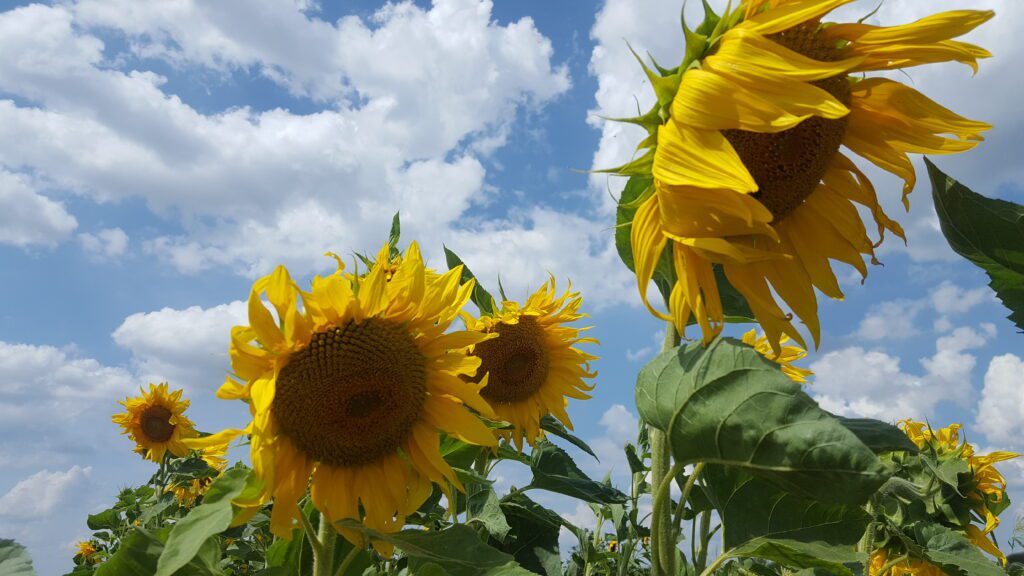In a world in which the industrial revolution installed performance as a major goal it has since gained even more in importance and brought the idea that it has to be measured, that our actions should be measurable to assess their effectiveness.
As much as we try, quite a few areas resist being measured. This is somewhat the case when actions create long term results and even more so, when we don’t have a measuring stick. How can we measure learning when it goes beyond memorized facts and information? How can we measure feelings or intangible behaviors as “generosity”, “empathy” or “kindness”? And so, when do we know that it is enough?
The challenge we encounter is to see generosity from two perspectives: from the recipients point of view as well as from the givers point of view. Both have different ideas about what they want and how much they want. It is a situation in which both have their own “measuring stick” and have to find a way to see them both, to be able to compare them and be able to acknowledge when it has been enough.
We can ask the other person how they have received our generosity as well as share what generosity has been to us in that case. Quite often culture is in our way there as describing our generosity can feel like boasting and asking if our generosity was well received might feel like “fishing for compliments” both behaviors being seen as awkward. We ourselves can also be in our way in these cases, as we’ll compare how we’ve sometimes shared compliments or avoided to make them, so how can we know if the answer received is a little bit true or very true?
What makes it often even more difficult, is that our behavior often is based on reaction. When we react we often have not been able to give ourselves a map for ourselves, one giving us an idea of what generosity is for us and how we want to be generous as well as allowing us to have an idea of what the other persons situation is.
This map might not be an exact measure of what is enough, but it gives us a first picture, one which we can adapt along the way as well as share with others to help them see what they can expect from us.
It’s by deciding on this image for ourselves that we develop our freedom to adapt to others when we want. If we don’t give ourselves this freedom we opt to depend on how others see our world.
At the beginning we might feel uneasy using our “map”, the more we experience it the more we’ll know how to trust that feeling.

